13 Reasons To Explore Japan’s Lesser-Known Golden Route
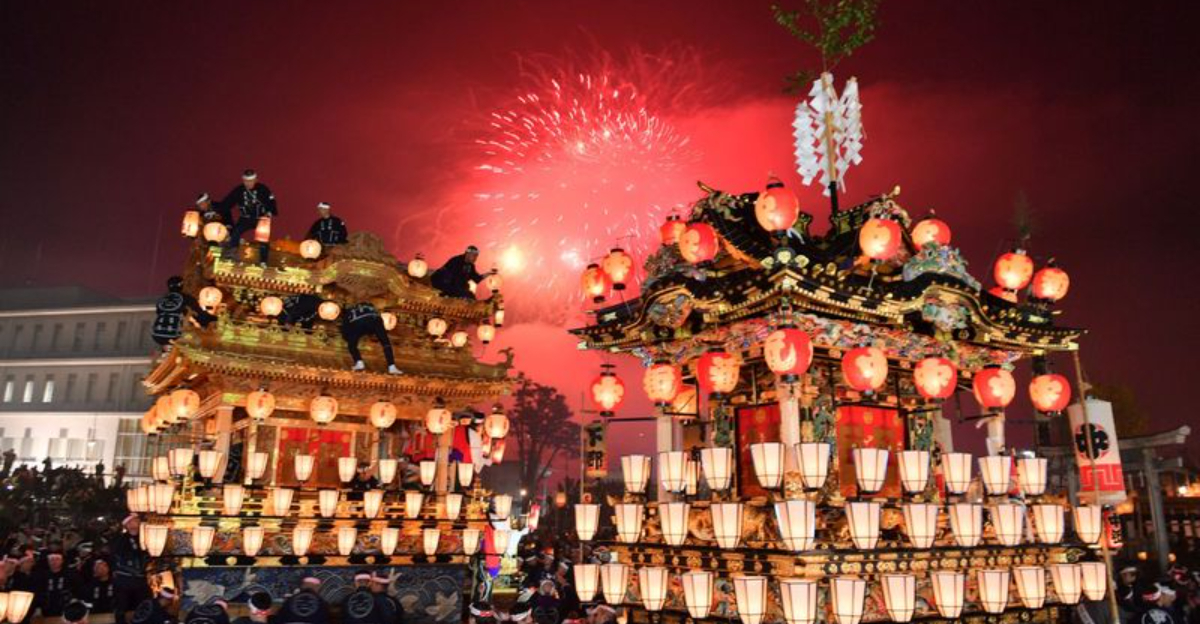
Think Japan is all about Tokyo’s neon lights and Kyoto’s ancient shrines? Think again.
Beyond the tourist-packed Golden Route lies a quieter, richer Japan one filled with misty mountains, timeless villages, and soulful traditions that few travelers ever see. This is where you sip tea with locals, wander serene temples without a crowd in sight, and feel the country’s true heartbeat.
Ready to go off the beaten path? These hidden gems reveal a side of Japan that feels beautifully untouched.
1. Takayama’s Historic Streets Transport You Back in Time

Walking through Takayama feels like stepping into a living museum. The Sanmachi Suji district preserves Edo-period architecture with wooden merchant houses that have stood for centuries. You can peek into traditional sake breweries, craft shops, and tea houses.
Morning visits offer the best experience when soft light filters through the narrow streets. Local artisans still practice traditional woodworking and lacquerware techniques passed down through generations. The absence of modern buildings creates an authentic atmosphere you won’t find in major cities.
Street food vendors serve Hida beef skewers and local specialties. This mountain town maintains its charm without feeling commercialized or touristy.
2. Shirakawa-go’s Thatched Roof Villages Showcase Rural Beauty

These UNESCO World Heritage villages demonstrate how people lived in harmony with harsh mountain winters. The steep thatched roofs shed heavy snow while creating spacious interiors for large families. Some houses are over 250 years old and still inhabited.
You can stay overnight in converted farmhouses to experience traditional Japanese rural life. Families share stories about silk production, farming, and surviving isolated winters. The communal lifestyle and architectural ingenuity reveal Japan’s practical wisdom.
Spring brings cherry blossoms, summer offers hiking trails, and autumn paints the valley in brilliant colors. Winter transforms the village into a snow-covered wonderland that photographers dream about.
3. Kanazawa’s Kenroku-en Garden Rivals Kyoto’s Famous Spots
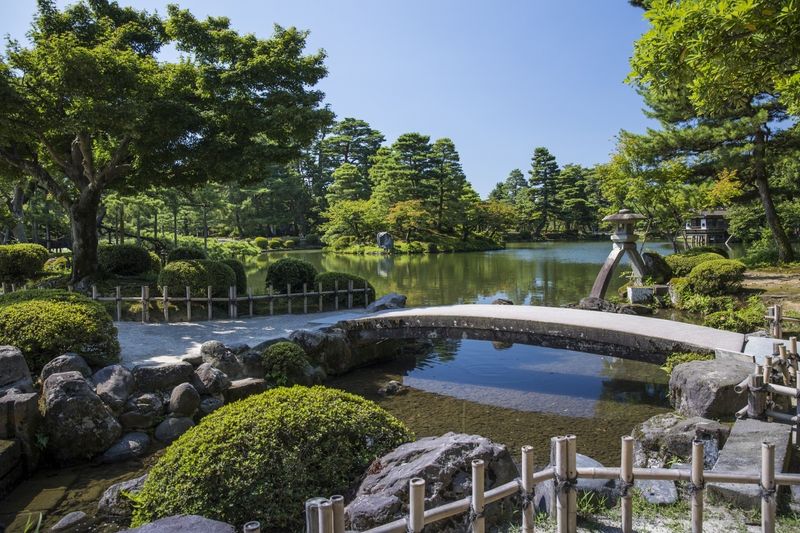
This garden achieves perfect balance through six essential qualities: spaciousness, seclusion, artifice, antiquity, water features, and panoramic views. Master gardeners spent centuries creating this masterpiece that changes dramatically with each season.
Winter brings unique snow-supporting ropes called yukitsuri that protect pine branches. Spring showcases over 400 cherry trees in full bloom. The garden’s design creates surprises around every corner with hidden tea houses and stone arrangements.
Unlike crowded Kyoto gardens, you can enjoy peaceful contemplation here. The nearby Higashi Chaya district offers traditional tea houses where geishas still entertain guests. Kanazawa combines garden beauty with authentic cultural experiences.
4. Matsumoto Castle’s Original Architecture Stands Unmatched
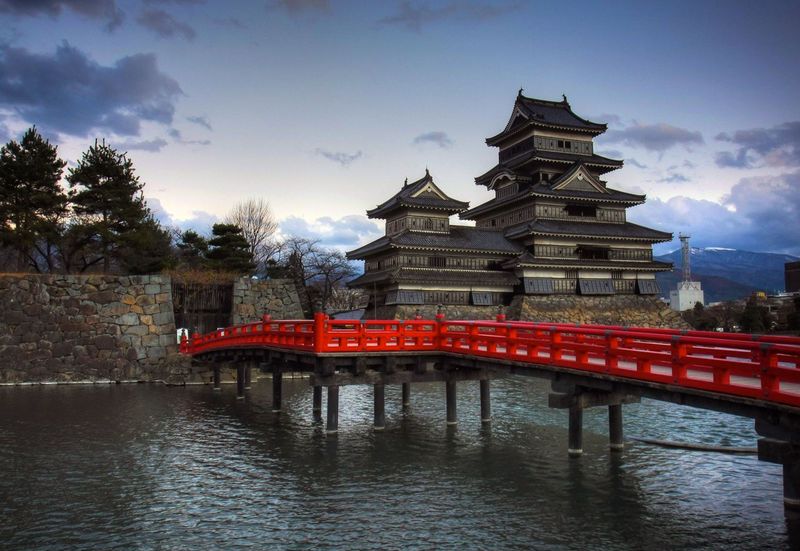
Known as “Crow Castle” for its striking black exterior, this is one of Japan’s few original wooden castles. Built in the 1590s, it survived wars, earthquakes, and modernization that destroyed most other castles. The steep wooden stairs and narrow passages reveal defensive strategies.
Climbing to the top floor rewards you with panoramic views of the Japanese Alps. The castle’s unique design combines defensive features with elegant aesthetics. You’ll see original wooden beams, traditional joinery, and architectural details that modern reconstructions can’t match.
The surrounding park offers cherry blossoms in spring and autumn colors that frame the castle beautifully. Photography enthusiasts find endless angles and reflections in the surrounding moat.
5. Nagano’s Zenko-ji Temple Welcomes All Spiritual Seekers
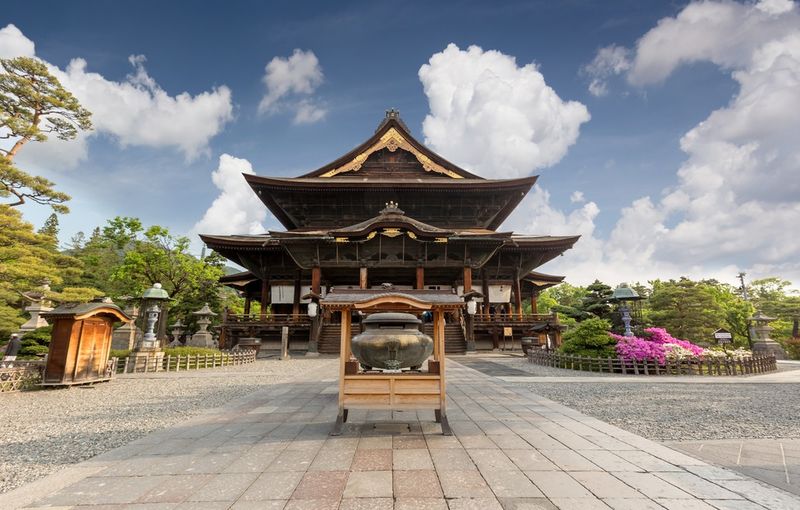
This 1,400-year-old temple breaks religious boundaries by welcoming people of all faiths and backgrounds. The main hall houses a hidden Buddha statue so sacred that even the head priest has never seen it. Pilgrims come seeking enlightenment and spiritual healing.
You can participate in morning prayers at 5:30 AM when monks chant ancient sutras. The temple’s underground passage represents the journey from darkness to light. Touching the key in the darkness symbolizes finding enlightenment.
The temple town surrounding Zenko-ji offers traditional shops, vegetarian restaurants, and lodging for pilgrims. Local festivals bring the community together with traditional music, dance, and food that hasn’t changed for centuries.
6. Hakone’s Hot Springs Provide Natural Mountain Therapy
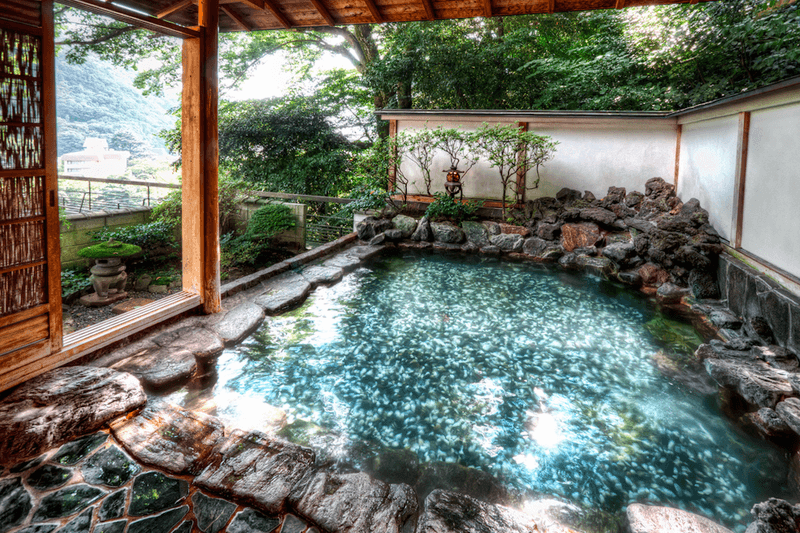
Volcanic activity created these therapeutic hot springs that have healed visitors for over 1,000 years. Different springs offer varying mineral compositions that treat specific ailments. The mountain setting enhances the relaxation experience with fresh air and forest sounds.
You can choose from traditional ryokan inns with private baths or public bathhouses with communal soaking. The ritual of bathing follows ancient customs that promote mindfulness and respect. Many springs offer views of Mount Fuji on clear days.
Hakone’s location makes it perfect for combining hot spring therapy with hiking, art museums, and scenic railways. The area remains less crowded than other hot spring destinations while offering world-class facilities and natural beauty.
7. Nikko’s Toshogu Shrine Displays Incredible Artistic Detail
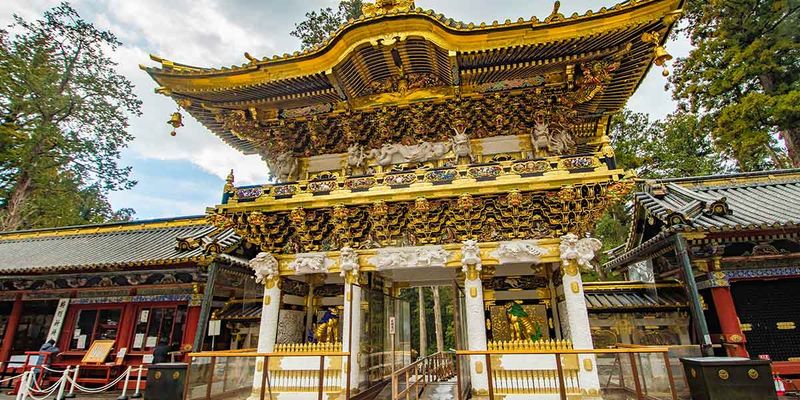
This mausoleum of Tokugawa shogun showcases Japan’s finest craftsmanship with over 5,000 intricate carvings. The famous “see no evil, hear no evil, speak no evil” monkeys originated here. Every surface displays masterful artistry that took 15,000 craftsmen two years to complete.
The shrine complex includes 103 buildings decorated with gold leaf, lacquer, and brilliant colors. Each structure tells stories through symbolic carvings of dragons, phoenixes, and mythical creatures. The attention to detail rivals Europe’s greatest cathedrals.
Ancient cedar trees create a sacred atmosphere that enhances the shrine’s spiritual power. The surrounding national park offers hiking trails, waterfalls, and seasonal beauty that complement the architectural magnificence.
8. Kamakura’s Giant Buddha Inspires Peaceful Contemplation

This 750-year-old bronze Buddha statue weighs 121 tons and stands 13 meters tall, yet radiates serenity and peace. Unlike indoor Buddha statues, this one sits in open air, weathering centuries of earthquakes, tsunamis, and typhoons. The hollow interior allows visitors to climb inside.
The statue’s expression changes throughout the day as light and shadows shift across its features. Morning visits offer the most peaceful experience when fewer crowds disturb the contemplative atmosphere. The surrounding temple grounds invite quiet reflection.
Kamakura served as Japan’s political capital for over 100 years, and numerous temples preserve this historical significance. The coastal location combines spiritual experiences with beach walks and traditional street food.
9. Izu Peninsula’s Coastal Beauty Offers Dramatic Scenery

This volcanic peninsula juts into the Pacific Ocean, creating dramatic cliffs, hidden beaches, and natural hot springs. The coastline changes character from gentle bays to rugged headlands that challenge photographers and hikers. Traditional fishing villages maintain authentic lifestyles.
You can follow coastal trails that reveal secluded beaches and panoramic ocean views. The peninsula’s interior offers mountain hiking through bamboo forests and ancient temples. Seasonal flowers bloom year-round in the mild climate.
Local seafood restaurants serve the freshest catches while hot spring resorts provide relaxation after active days. The area remains largely undiscovered by international tourists, preserving its natural beauty and traditional culture.
10. Kawagoe’s Edo Period Streets Preserve Traditional Commerce
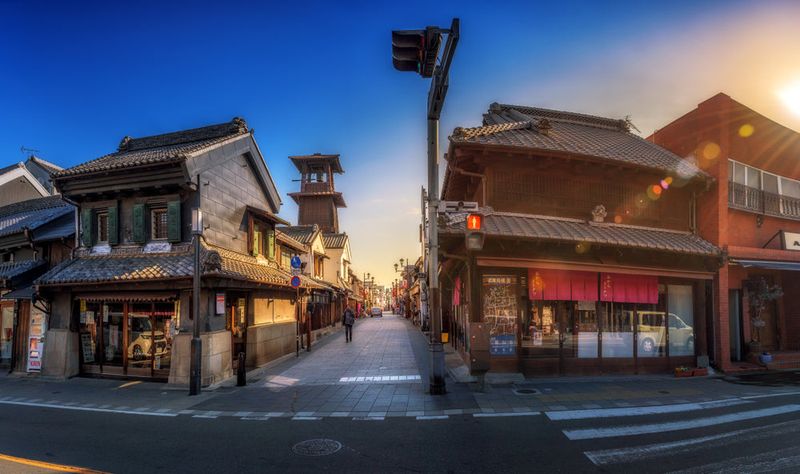
Known as “Little Edo,” this city preserves merchant culture from Japan’s feudal period. The distinctive clay warehouses (kura) with their black tile roofs once stored valuable goods. Today they house traditional craft shops, restaurants, and museums that showcase old Tokyo’s atmosphere.
The famous Bell Tower rings four times daily, maintaining a 400-year tradition. You can rent traditional kimono and stroll streets that appear unchanged since the 1600s. Sweet potato treats and traditional candy shops offer authentic flavors.
Festivals throughout the year feature traditional music, dance, and food that connect modern visitors with historical traditions. The city’s proximity to Tokyo makes it perfect for day trips while feeling worlds away from urban life.
11. Atami’s Seaside Charm Combines Relaxation with Culture
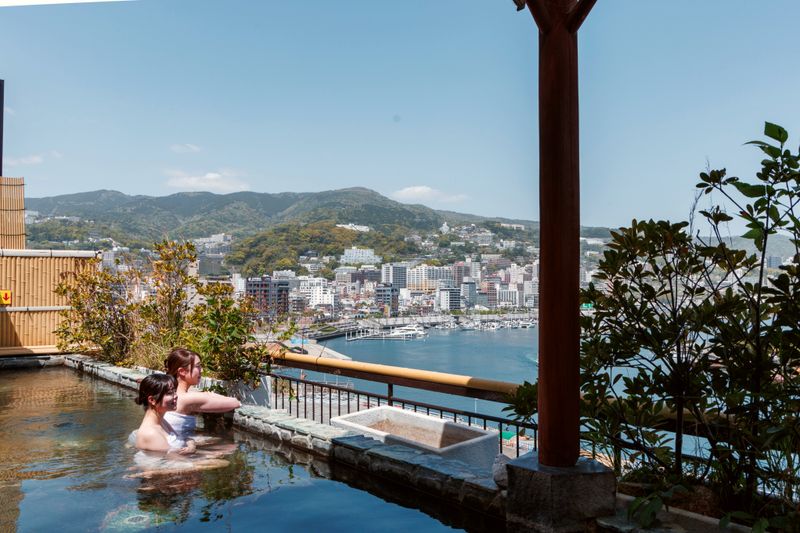
This seaside resort town has attracted visitors for over 1,000 years with its therapeutic hot springs and ocean views. The name literally means “hot ocean,” referring to springs that once bubbled up from the sea floor. Traditional ryokan inns cascade down hillsides toward the beach.
You can enjoy hot spring baths while watching sunrise over Sagami Bay. The town’s museums showcase local art and history, while gardens display seasonal flowers year-round. Traditional festivals celebrate the town’s connection to the sea and mountains.
Atami’s location makes it ideal for combining beach relaxation with cultural experiences. The mild climate and therapeutic waters have inspired poets and artists for centuries, creating a rich cultural heritage.
12. Chichibu’s Mountain Festivals Celebrate Ancient Traditions
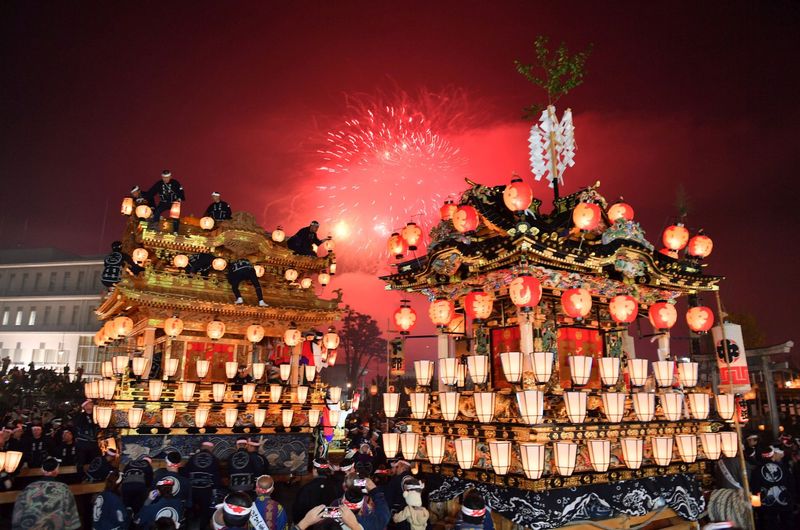
The Chichibu Night Festival ranks among Japan’s three most spectacular festivals, featuring massive floats weighing up to 20 tons. Local communities spend months preparing elaborate decorations and practicing traditional music. The December festival dates back over 300 years and celebrates the meeting of two deities.
You can witness incredible teamwork as hundreds of people pull floats through narrow streets up steep hills. Traditional taiko drumming, flute music, and lantern displays create an otherworldly atmosphere. Fireworks illuminate the winter sky while crowds cheer the participants.
The surrounding mountains offer hiking trails, temples, and seasonal beauty throughout the year. This working-class town maintains authentic festival traditions without commercial tourism influence.
13. Yamanashi’s Fruit Orchards Offer Seasonal Picking Adventures
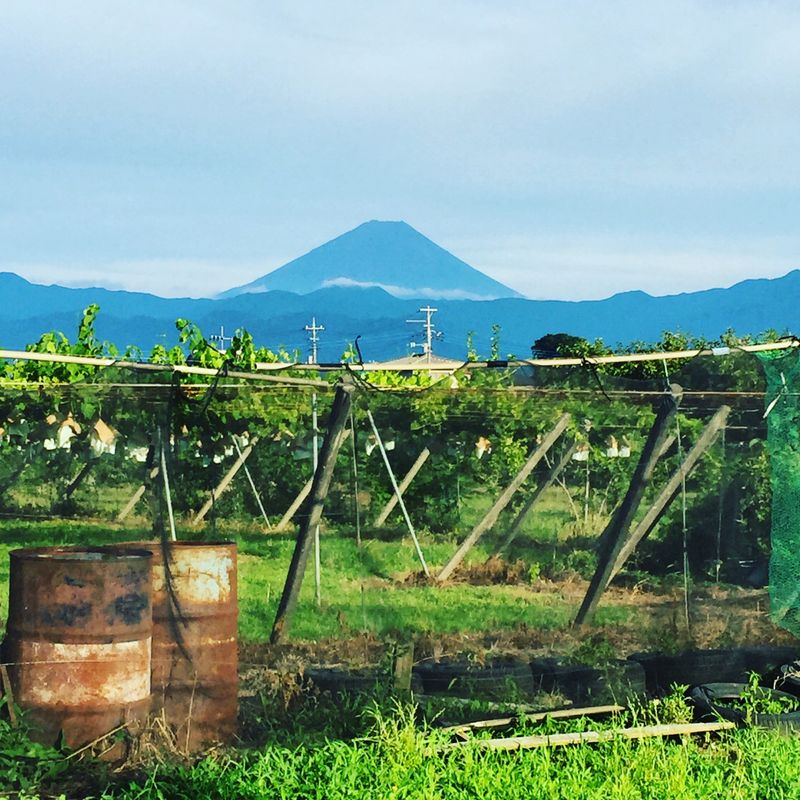
This prefecture produces Japan’s finest fruits thanks to volcanic soil and mountain climate. You can pick strawberries, peaches, grapes, and cherries directly from farms while enjoying Mount Fuji views. Each season brings different fruits and festivals celebrating the harvest.
Farm visits include tastings of varieties unavailable elsewhere, from white strawberries to premium grapes that cost hundreds of dollars per bunch. Local families share farming techniques passed down through generations. The experience connects you with Japan’s agricultural heritage.
Wine production has grown significantly, with vineyards producing award-winning wines using traditional Japanese and international techniques. The combination of fruit picking, wine tasting, and mountain scenery creates memorable experiences throughout the year.
